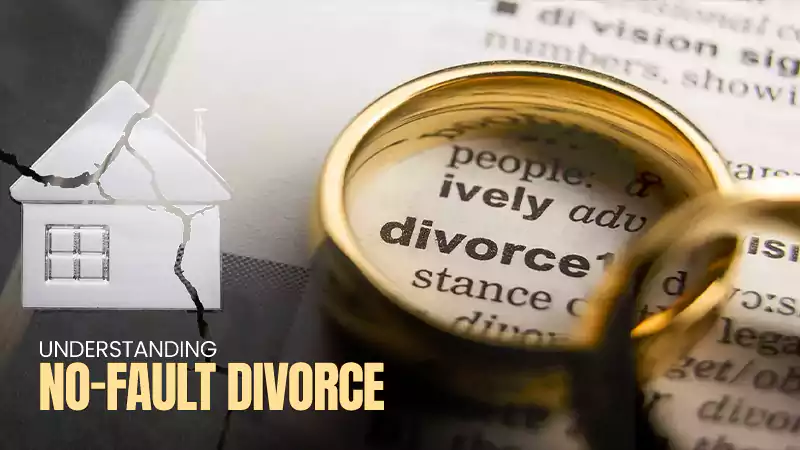
Get a comprehensive understanding of no-fault divorce with our comprehensive guide. Discover the benefits and process of obtaining a no-fault divorce, as well as what it means for you and your spouse. Learn how to navigate the legal system and find the best solution for your situation. Read our guide now to gain clarity and peace of mind.
What is No-Fault Divorce?
No-fault divorce is a type of divorce in which neither party is required to prove fault or wrongdoing. Instead, the divorce is granted based on the mutual consent of both parties or the irretrievable breakdown of the marriage. This type of divorce eliminates the need for lengthy and costly court battles, as the parties do not need to prove any grounds for the divorce. No-fault divorce is available in most states and is often a preferred option for couples who wish to end their marriage amicably. It allows both parties to move on from their marriage without the stress and animosity that can come from traditional fault-based divorce proceedings.
Advantages of a No-Fault Divorce
A no-fault divorce has several advantages over traditional fault-based divorce proceedings. Firstly, it allows for a more amicable and less hostile divorce process. This can be beneficial for both parties, especially if they have children. No-fault divorce also eliminates the need to prove fault or wrongdoing, reducing the length of the divorce process and potentially saving money on legal fees. Additionally, a no-fault divorce can help preserve the privacy of the couple and keep sensitive details of the marriage and divorce out of the public record. Finally, a no-fault divorce can lead to a more positive outcome for both parties, as it encourages cooperation and reduces conflict.
How to File for a No-Fault Divorce
Filing for a no-fault divorce typically involves the following steps: obtaining the necessary forms, filling them out and filing them with the court, serving your spouse with the divorce papers, and attending a final hearing. It is recommended to seek the advice of a divorce attorney, especially if you have complex financial assets or children. To begin the process, you will need to find the appropriate forms for your state and make sure they are filled out accurately and completely. You will then need to file the forms with the court and have your spouse served with
Understanding the No-Fault Divorce Process
The no-fault divorce process is designed to be simple and straightforward, allowing couples to end their marriage without the need for lengthy court battles or accusations of fault. It typically starts with one party filing for divorce and serving the other party with the divorce papers. From there, the couple will need to reach agreements on issues such as property division, child custody, and support. The divorce process may also involve mediation, which is a process in which a neutral third party helps the couple reach agreements on these issues. Finally, the divorce will be finalized by the court, typically with a final hearing, after which the couple will be legally separated.
Common Questions about No-Fault Divorce
When considering a no-fault divorce, many people have questions about how it works and what to expect. Some common questions include: How does no-fault divorce differ from traditional divorce? What are the requirements for filing for a no-fault divorce? Are there any disadvantages to no-fault divorce? How does no-fault divorce affect child custody and support arrangements? What is the typical timeline for a no-fault divorce? Understanding the answers to these and other questions can help individuals make informed decisions about the divorce process and prepare for what to expect.
Navigating the Legal System during a No-Fault Divorce.
Navigating the legal system during a no-fault divorce can be challenging, especially for those without legal experience. Hiring an experienced divorce attorney can be helpful in ensuring that your rights and interests are protected throughout the process. It is important to have a clear understanding of the divorce laws in your state and to keep detailed records of all agreements and decisions made during the divorce process. Additionally, participating in alternative dispute resolution methods such as mediation can be a useful tool in resolving disputes and reaching agreements outside of court. With the right support and guidance, it is possible to navigate the legal system during a no-fault divorce and reach a positive outcome.











